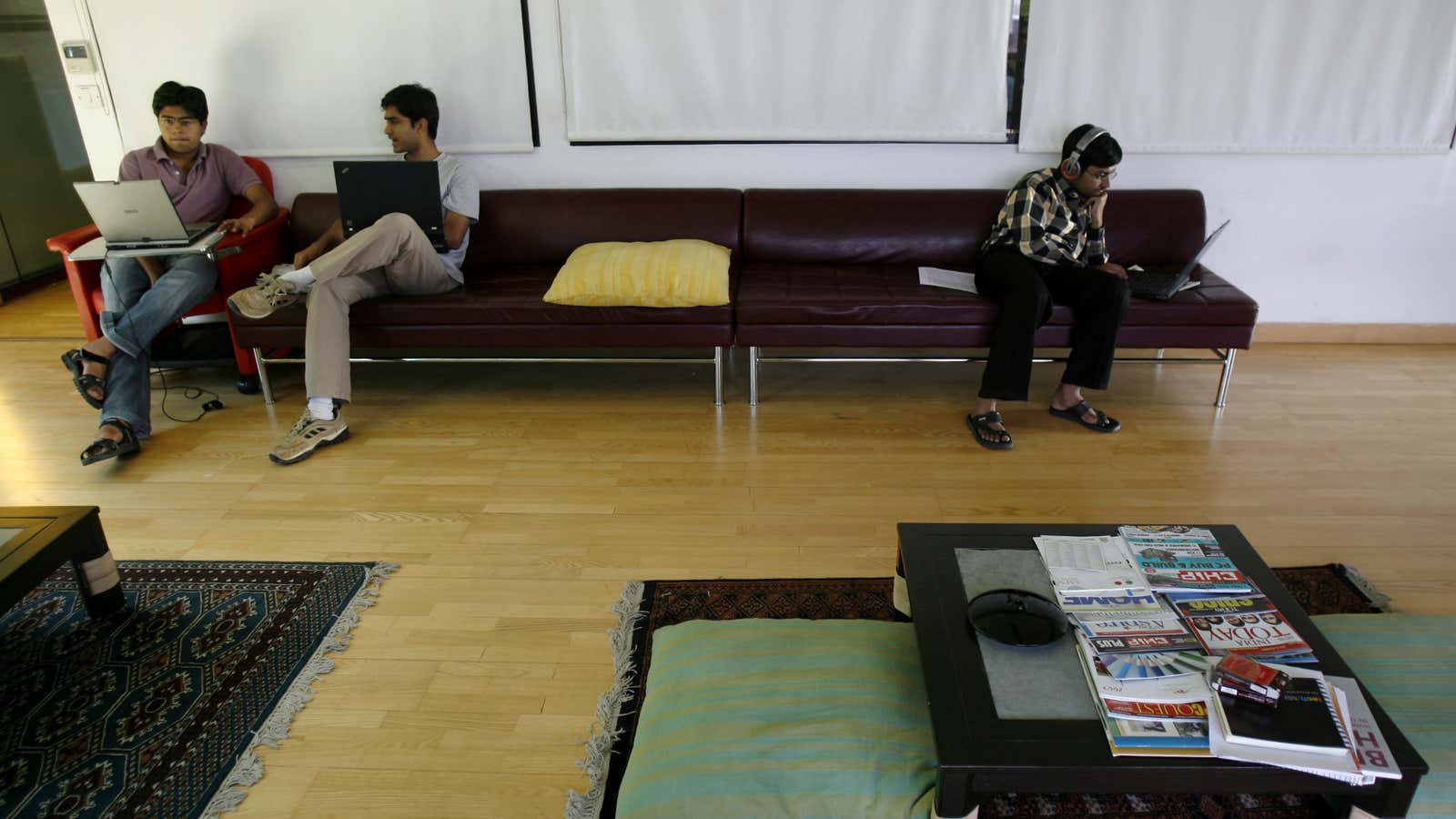The world’s largest source of immigrants also ranks high in terms of their education levels. And here’s why that’s a problem.
Nearly two-thirds of those migrating out of India seem to be highly educated, having received academic or vocational training. This is the highest for any country, according to Organisation for Economic Co-operation and Development (OECD).
This brain drain is a “consequence of an education system designed for ‘selecting’ the best and brightest in an economy that is still too controlled and can’t create opportunities for its best and brightest,” according to economist Shruti Rajagopalan.
India’s educated youth unemployment crisis
In India, unemployment levels rise with education, according to the think-tank Centre for Monitoring Indian Economy. As of December 2021, one in five college graduates was unemployed. Besides a lack of jobs, there are also the problems of a skills-opportunity mismatch and corruption to deal with in the country.
Additionally, gender and caste discrimination still wreak havoc. These problems exist in the west as well but are not as acute as they are in India.
Indians go abroad for education, jobs
Indians have been leaving the country in droves because of job opportunities with better pay and work hours. In the US and the UK, for instance, professionals in the healthcare and science, technology, engineering, and math (STEM) fields are in high demand.
Further, international students are a great source of income for universities abroad. For Indian students, it is not only the quality of courses but the diversity and holistic set-up in those campuses, too, are a huge draw.
An added attraction is the opportunity to stay on after graduation. Post-study visas, like the H-1B in the US, have mostly gone to Indians. Western countries have also etched out categories for startup founders and innovators.
No wonder then that the number of Indians studying abroad is set to grow from 770,000 in 2019 to 1.8 million in 2024.
